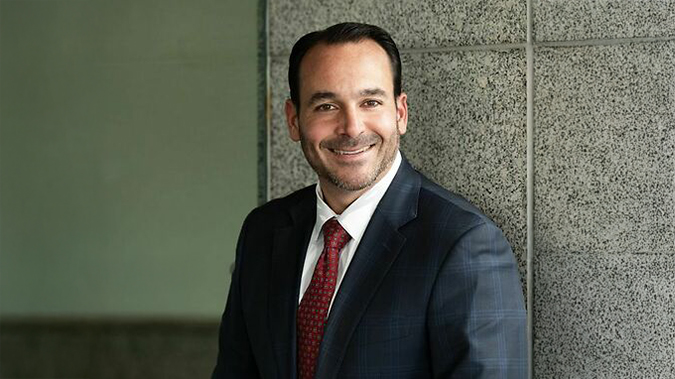More Businesses Shifting Costs to Employees and Taking a Hit to Their Bottom Line to Continue Affording Coverage
The New Jersey Business & Industry Association’s 2016 Health Benefits Survey shows that members are overwhelmingly continuing to offer healthcare coverage to their employees. However, in order to continue to offer benefits members are shifting more costs on to employees. And they are continuing to take lower profits so that they might offer good benefits.
Eight-five percent of those surveyed indicated they offer employee health benefits while 83 percent offer coverage to attract and retain employees. To do so, 33 percent said they took a lower profit or suffered a loss; 29 percent froze or limited wage increases; and 15 percent postponed or reduced business investments. These actions mirror the results of our last survey in 2014.
“The results of our survey present vivid evidence of how important it is to businesses to offer employees health benefits,” said NJBIA President and CEO Michele Siekerka. “While costs are still a significant issue for our members, they are taking the steps they have to take to aggressively recruit and retain their employees.”
The high cost of health benefits disproportionately impacts small business. While overall 85 percent of members offer health benefits, only 76 percent of members with 1-24 employees did so. Further, while overall premiums increased by 10.5 percent, costs for this 1-24 cohort went up by 12.3 percent. Forty-three percent increased deductibles, copayments or coinsurance as a core strategy to reduce or manage costs (in 2014, 53 percent made that choice); 41 percent introduced high deductible health plans (25 percent in 2014), 28 percent increased the employees’ share of premium contributions (about the same percentage as 2014).
Overall, the number of companies offering high deductible health plans has risen dramatically. Thirty-four percent say they have taken this step compared to only 24 percent two years ago.
Employees are also paying a much greater percentage of health insurance premiums. In 2014, employers were paying 79 percent of the cost of benefits and 50 percent for dependent coverage. In 2016, those percentages have dropped to 74 percent and 48 percent respectively.
The cost for employee only plans is $7,044 per year; for parent child plans $11,628; for husband wife coverage $14.076 and for family coverage $17,580. By and large these costs were flat from 2014. However, the only way employers were able to hold the line on costs was by cost shifting.
Voluntary benefits were on the rise in 2016. Sixty-three percent of members offer dental benefits up from 46 percent in 2014. Forty-seven percent offer vision benefits (up from 26 percent); 30 percent offer a flexible spending account (up from 18 percent) and 24 percent offer a health savings account (up from 17 percent).
Additionally, workplace wellness programs are on the rise, but mostly for the largest companies. For companies with more than 250 employees 32 percent offer on-site fitness or walking programs compared to 18 percent two years ago; 53 percent offer health education compared to 44 percent and 53 percent offer smoking cessation compared to 32 percent;
Small businesses are still challenged to offer wellness programs. The numbers for members with 1-24 employees are up across the board from two years ago, but the numbers in all categories are well under 10 percent.
“Our survey tells a compelling story about employers recognizing the need to continue to offer benefits,” said Siekerka. “However, if the trends continue in this direction and steps are not taken to ease the cost of benefits, this will almost certainly not always be the case.”



